Top 10 Accidental Discoveries
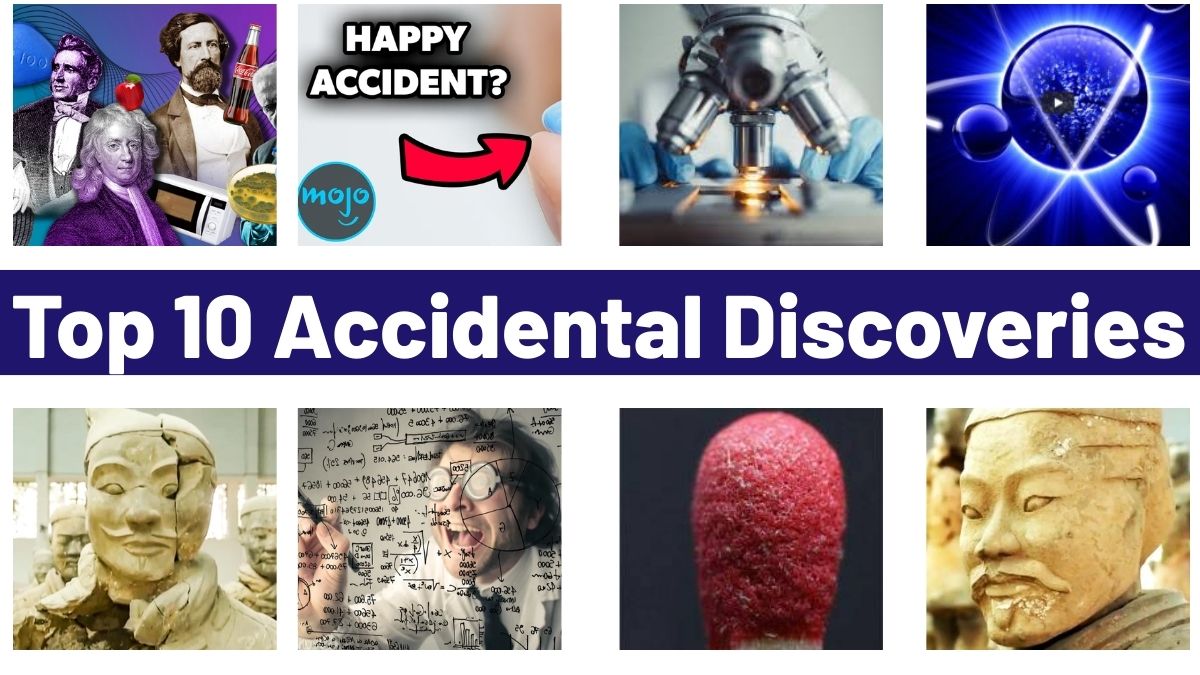
“Discover the top 10 accidental discoveries that changed the world! From penicillin to potato chips, explore how unexpected mistakes led to groundbreaking inventions.”
Penicillin
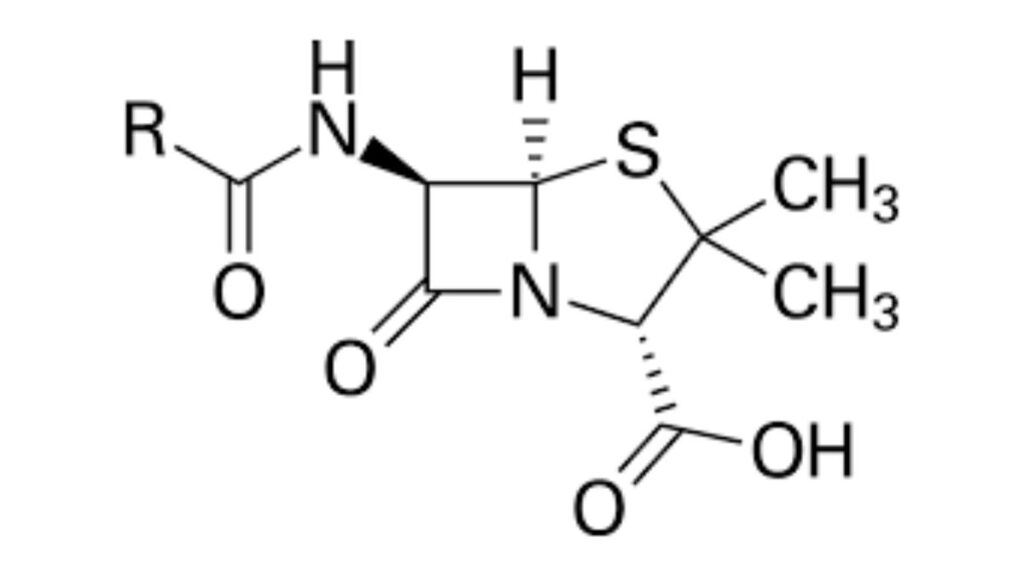
In 1928, Scottish scientist Sir Alexander Fleming was studying Staphylococcus, the bacteria that causes food poisoning. One day, he discovered a blue-green mold that inhibited bacterial growth. This mold, later identified as Penicillium, led to the development of penicillin. Initially, Fleming doubted its medical application, but later research by Howard Walter Florey and Ernst Boris Chain led to its mass production, revolutionizing medicine.
LSD
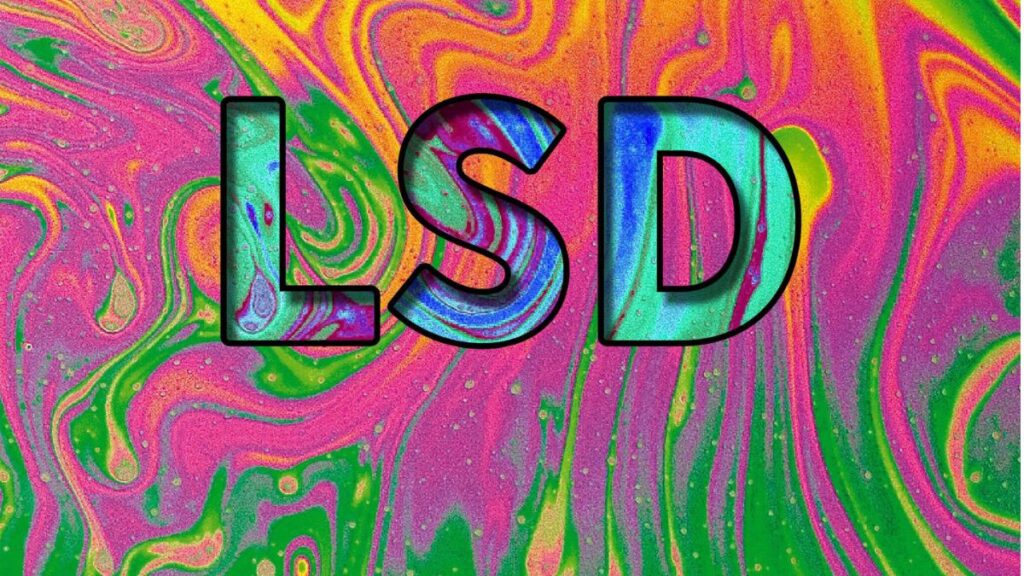
LSD was first synthesized by Albert Hofmann in 1938 while researching ergot-based medicines. Five years later, Hofmann accidentally ingested a small amount and experienced intense hallucinations. This marked the discovery of LSD’s psychoactive properties, which later influenced medicine and culture significantly.
Potato Chips
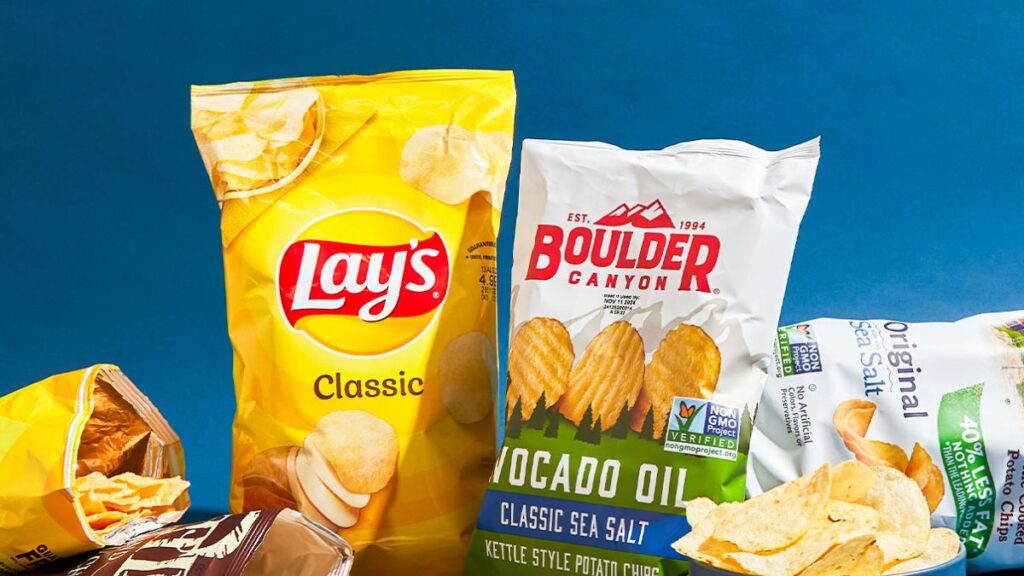
In 1853, George Crum, a chef at Moon’s Lake House in New York, invented potato chips out of frustration. A customer kept complaining that his fried potatoes were too thick, so Crum sliced them extremely thin, fried them until crispy, and served them. Surprisingly, the customer loved them, leading to the creation of one of the world’s most popular snacks.
Microwave Oven

Percy LeBaron Spencer of the Raytheon Company discovered microwave cooking when a radar tube melted the chocolate bar in his pocket. Experimenting further, he placed popcorn kernels in front of the tube, which promptly popped. This accidental discovery led to the invention of the microwave oven, a staple in modern kitchens.
Teflon
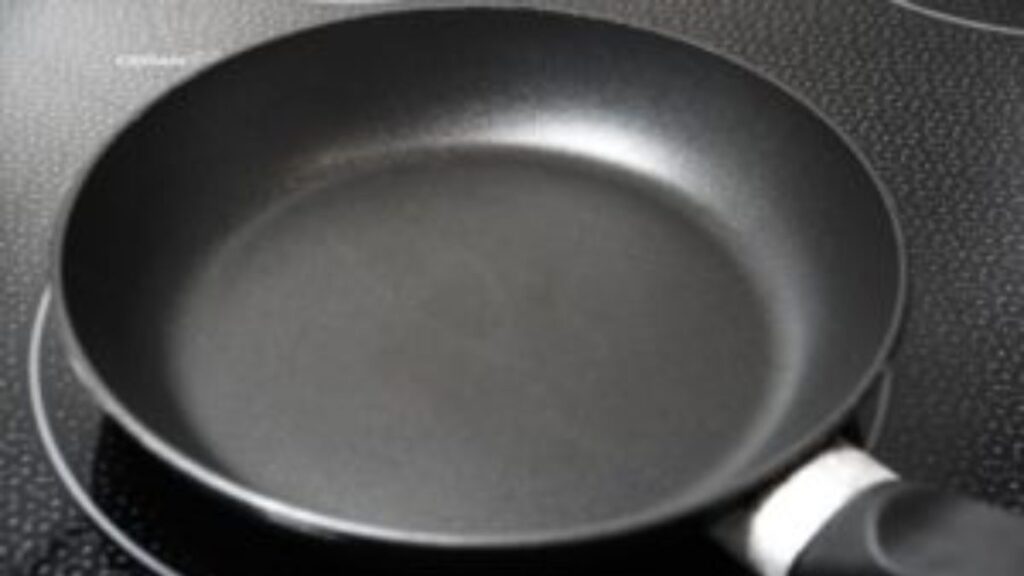
In 1938, Roy Plunkett was trying to create a new refrigerant when he accidentally synthesized a slippery, non-reactive material—Teflon. Later, in 1954, French engineer Marc Grégoire applied it to cookware, creating the first non-stick frying pan, revolutionizing cooking.
Brandy

Wine was originally distilled to preserve it and to reduce tax costs, as taxes were based on volume. However, people discovered that storing distilled wine in wooden casks improved its flavor, leading to the creation of brandy, now a widely enjoyed liquor.
Artificial Sweeteners

Many artificial sweeteners were discovered by accident. In 1878, Constantin Fahlberg, working on coal tar derivatives, accidentally tasted a sweet compound—saccharin. Similarly, aspartame was discovered in 1965 when James M. Schlatter accidentally contaminated his fingers and licked them, noticing the sweet taste. These discoveries led to the creation of low-calorie sugar substitutes.
Popsicles

In 1905, eleven-year-old Frank Epperson left a soda-water mixture with a stirring stick outside overnight, and it froze. Eighteen years later, he patented the treat as the “Popsicle,” which became a favorite frozen dessert worldwide.
Chocolate Chip Cookies

Ruth Wakefield, owner of the Toll House Inn, ran out of baking chocolate while making cookies. She substituted broken pieces of semi-sweet chocolate, assuming they would melt into the batter. Instead, they retained their shape, creating the first chocolate chip cookies. She later sold the recipe to Nestlé in exchange for a lifetime supply of chocolate chips.
Viagra

Originally developed as a treatment for angina in 1992, Viagra’s unexpected side effect was discovered during clinical trials. Instead of relieving chest pain, it enhanced blood flow to another region, leading to its approval as a revolutionary treatment for erectile dysfunction.

